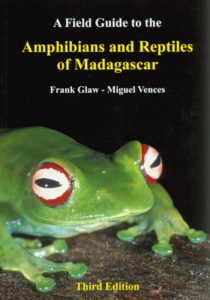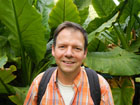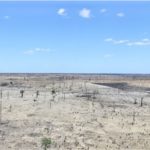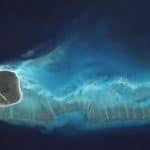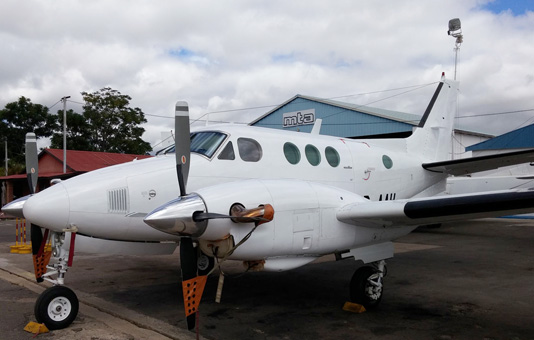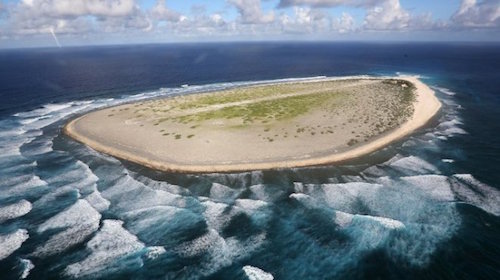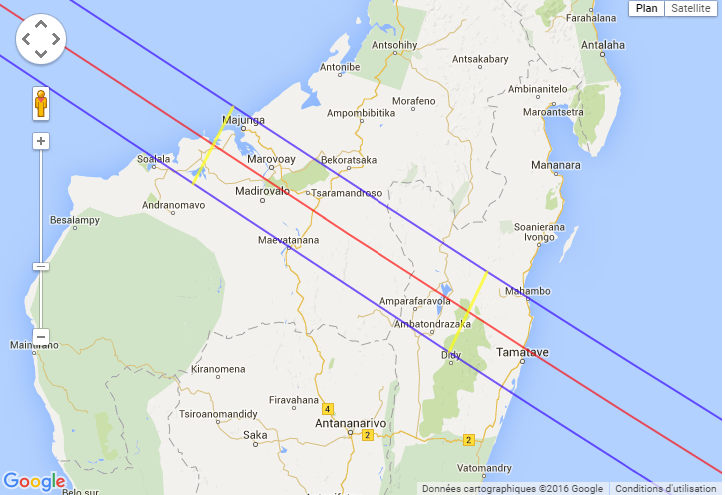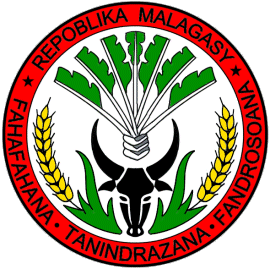a Field Guide to the Amphibians and Reptiles of Madagascar
The "Field Guide to the Amphibians and Reptiles of Madagascar" can be considered without exaggeration as the standard work of all Herpetologists and herpetologically interested travelers call. This book, published in English and Malagasy, describes the reptiles and amphibians living on Madagascar in greater detail than almost any other. The authors Dr. Frank Glaw and Prof. Dr. Miguel Vences are proven experts and let the reader also through the outstanding images, which are included in the respective natural habitats recorded on site, share their expertise.
On a total of 496 pages the two authors describe all known amphibians and reptiles of the island at the time of publication. The first 44 pages describe Madagascar as a habitat, its climatic conditions, and other animal genera such as freshwater fish and lemurs. These are at least briefly addressed and are provided with pictures for identification. Thus, the possibility arises to determine also these genera on the spot.
The remaining pages are now dedicated to amphibians and reptiles. The authors are also in the layout consistently the way of a Field Guide gone. Thus, the individual species with distribution maps and descriptions can always be found on the left-hand side of the double-page spreads. Parallel to this, the right double page shows pictures of the described species. Thus the book leads through the gigantic variety of the Madagascan amphibians and reptiles. The last 50 pages contain a comprehensive bibliography to all relevant texts on the herpetofauna of Madagascar.
Admittedly, the work has a proud price of a good 50€. However, the price/performance ratio is very good for such a comprehensive and detailed presentation.
The authors of this masterpiece are:
Mr. Dr. Frank Glaw is head of the Department of Vertebrates at the ZoologischeStaatssammlung Munich. His main research is in the fields of amphibians and reptiles of Madagascar and the surrounding island groups, systematics, phylogeny, biogeography, diversity and bioacoustics.

